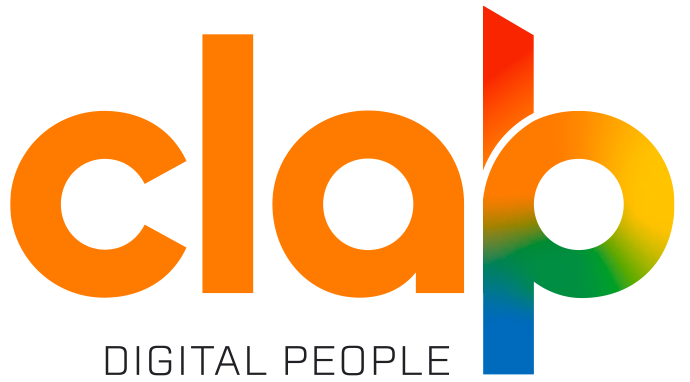Understanding the core characteristics of the talent selection process provides a strategic advantage for both companies.
Understanding the core characteristics of the talent selection process provides a strategic advantage for both companies seeking top professionals and candidates aiming to stand out. This process is crucial to ensure that the most suitable profiles are integrated into organizations, driving their growth and efficiency.
There’s no doubt that people are a company’s most valuable asset. The quality and success of any organization largely depend on the effectiveness of its hiring process.
What is the Selection Process and Why is it Important?
Before diving into its features, it’s important to distinguish between recruitment and selection. While both are part of the talent acquisition process, they serve different purposes:
-
Recruitment: Refers to the strategies and actions used to attract top candidates, using both traditional and digital channels to reach the ideal talent.
-
Selection: Involves evaluating and choosing the candidate who best fits the position, applying filters, assessments, and interviews to ensure a proper match with the role and company culture.

Characteristics of an Effective Talent Selection Process
1. It’s a Structured and Systematic Process
The selection process follows progressive stages to assess each candidate’s suitability. It typically includes:
-
Initial interview and pre-screening: First contact to filter candidates based on basic requirements.
-
Psychometric and competency tests: Assess technical, cognitive, and behavioral skills.
-
Structured interviews: In-depth conversations to evaluate cultural fit.
-
Final evaluations and decision-making: Candidates are assessed holistically to select the best fit.
Organizations adapt these steps based on their needs and the profile being sought.
2. It’s Based on Clearly Defined Criteria
To ensure objective and aligned decisions, companies define clear criteria such as:
-
The job vacancy: A well-detailed role description outlining key responsibilities and requirements.
-
Candidate profile: Evaluation of technical knowledge, experience, soft skills, and personal traits that enable optimal performance.
3. It’s a Staff Function
The Human Resources (HR) team typically leads the selection process. They design the stages, conduct initial interviews, apply assessments, and train other interviewers to maintain consistency.
4. It’s Also a Line Responsibility
Line managers play a crucial role in defining the ideal candidate profile, participating in advanced interviews, and making the final hiring decision based on observed competencies and results.
5. Use of Specific Assessments and Tools
Selection tools must align with the role’s competencies. Common assessments include:
-
Psychometric tests
-
Technical knowledge evaluations
-
Personality tests
-
Group dynamics or simulation exercises
Proper use of these tools directly impacts the quality of talent incorporated into the organization.

